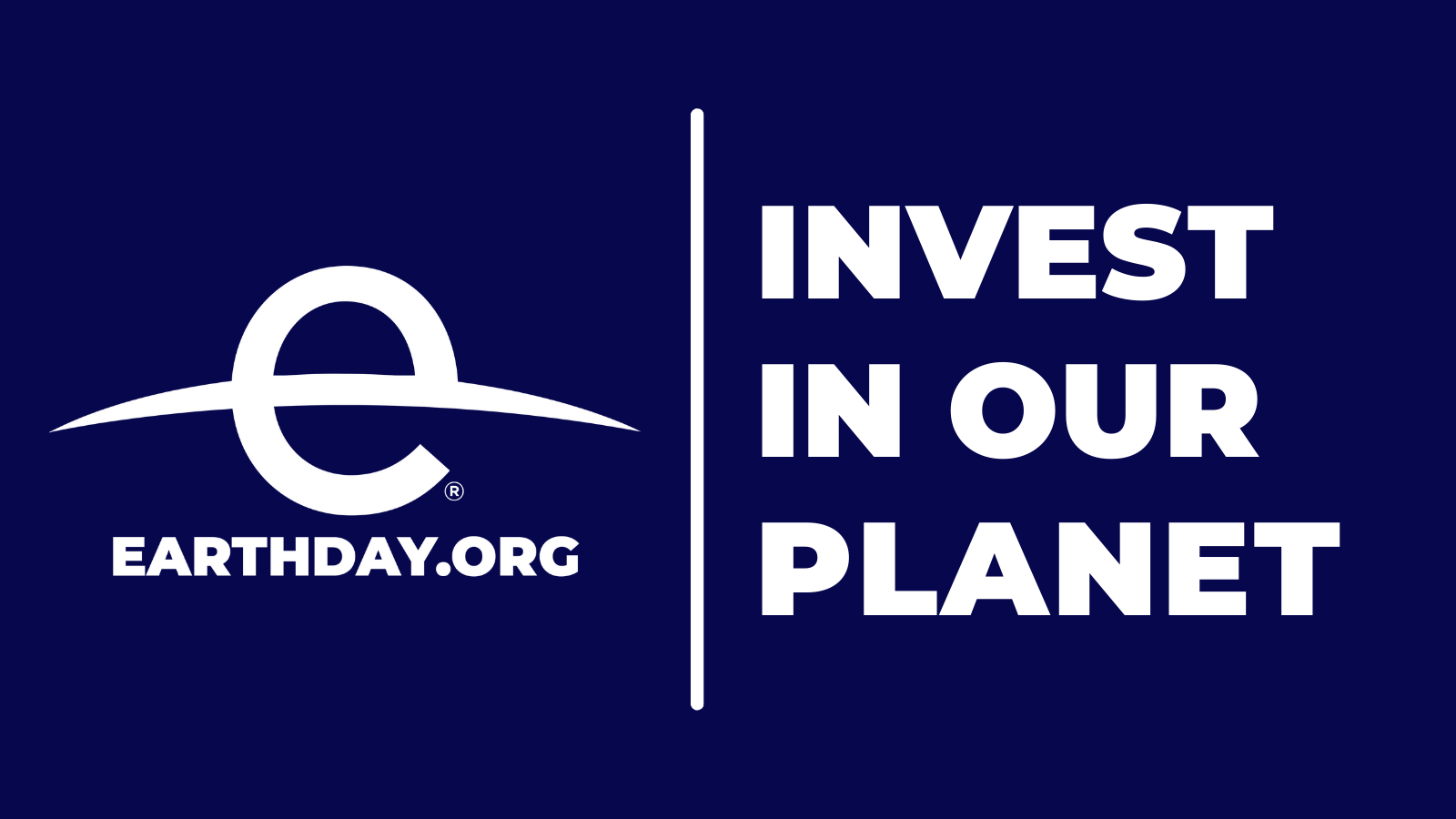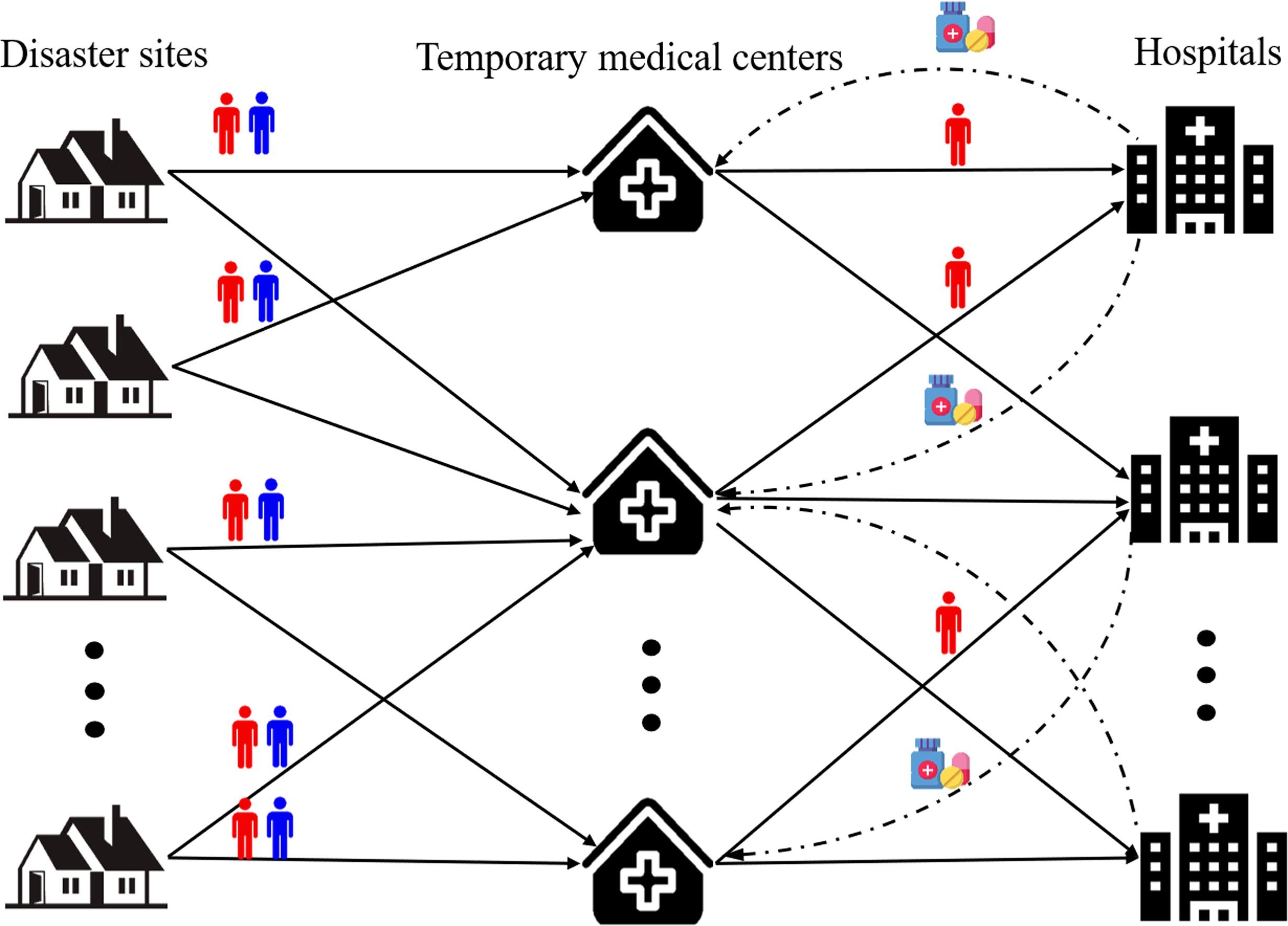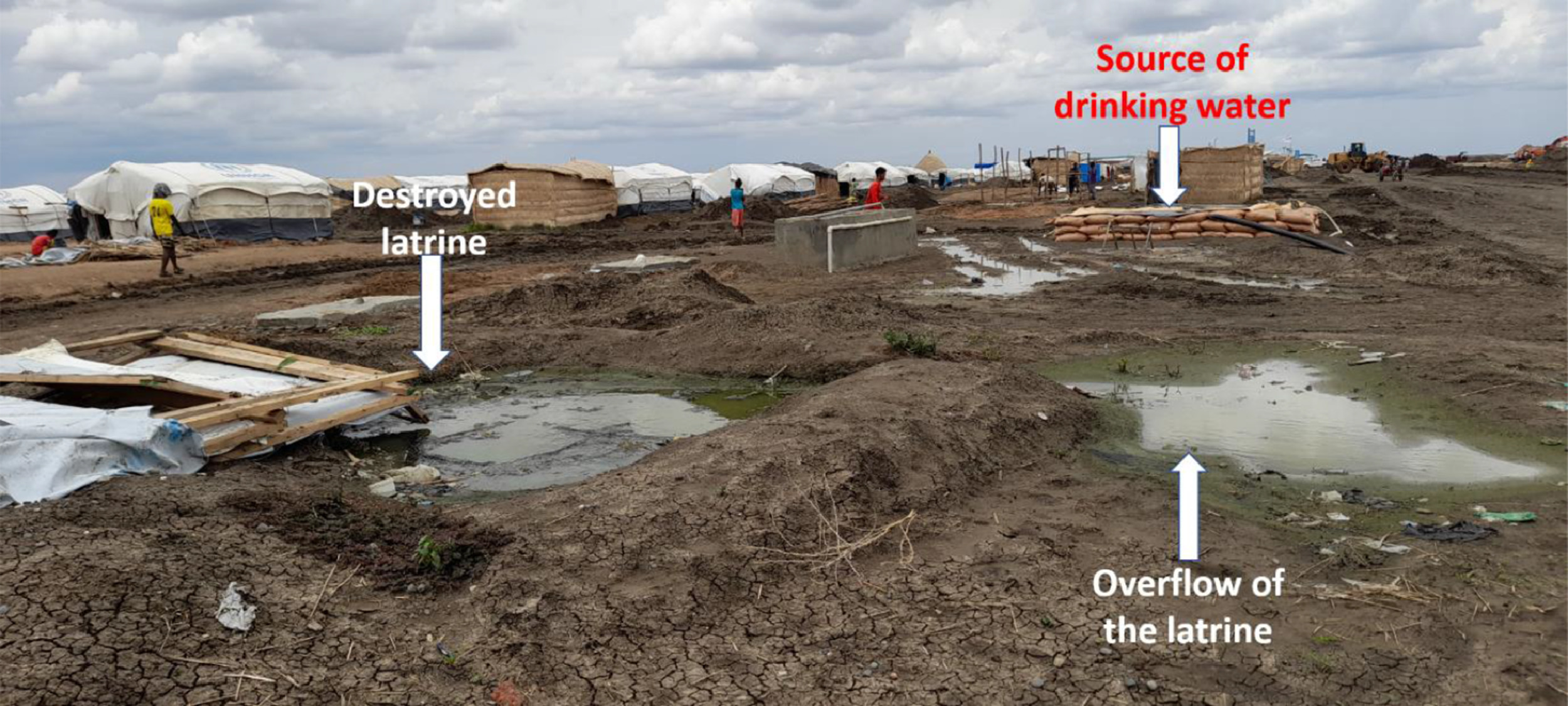Disaster Risk Reduction plays a pivotal role in the pursuit of the Sustainable Development Goals (SDGs), a set of global objectives established by the United Nations in 2015. These goals aim to end poverty, protect the planet, and ensure prosperity and peace for all by the year 2030. Within this framework, Disaster Risk Reduction, with its focus on mitigating the impacts of natural and man-made hazards, is integral to several of these goals.
Specifically, Sustainable Development Goal 11, which aims to make cities and human settlements inclusive, safe, resilient, and sustainable, includes a target (11.5) dedicated to significantly reducing deaths, the number of people affected, and the direct economic losses resulting from disasters. This target emphasizes the protection of the poor and those in vulnerable situations, who are disproportionately affected by disasters. Implementing effective Disaster Risk Reduction strategies can enhance the resilience of cities and communities against various disasters, including water-related events like floods, tsunamis, and storm surges.
Disaster Risk Reduction's influence extends beyond Sustainable Development Goal 11. It significantly impacts Sustainable Development Goal 1 (No Poverty) and Sustainable Development Goal 2 (Zero Hunger). Disasters often exacerbate poverty by destroying livelihoods and resources. By reducing vulnerability to disasters, Disaster Risk Reduction measures can prevent such setbacks, aiding in the fight against poverty. Similarly, Disaster Risk Reduction is critical for achieving Zero Hunger. Disasters can disrupt food production and distribution, leading to shortages and malnutrition. Resilient agricultural systems, as part of Disaster Risk Reduction strategies, are essential in safeguarding food security.
Sustainable Development Goal 3, which focuses on Good Health and Well-being, is also closely linked to Disaster Risk Reduction. Disasters can have a devastating impact on public health, both directly through injuries and indirectly through the spread of diseases and disruption of healthcare services. Preparing for and mitigating the impacts of disasters is a key component of maintaining and improving public health.
Furthermore, Disaster Risk Reduction plays a key role in achieving Sustainable Development Goals 14 (Life Below Water) and 15 (Life on Land). Disasters can cause significant damage to terrestrial and marine ecosystems. For example, floods and landslides can result in habitat destruction and pollution. Therefore, measures that mitigate the environmental impacts of disasters are crucial for the preservation of biodiversity and ecosystems.
Disaster Risk Reduction is also intertwined with Sustainable Development Goal 13 (Climate Action). Many disasters are exacerbated by climate change, such as the increased intensity and frequency of extreme weather events. Disaster Risk Reduction strategies contribute indirectly to climate change adaptation efforts.
Additionally, Disaster Risk Reduction contributes to Sustainable Development Goal 9 (Industry, Innovation, and Infrastructure) by promoting resilient infrastructure, and to Sustainable Development Goal 16 (Peace, Justice, and Strong Institutions) by fostering effective, accountable, and inclusive institutions at all levels, which are essential for disaster risk management.
Disaster Risk Reduction is not an isolated concept but is deeply integrated into the broader framework of sustainable development. Its effective implementation is vital for building societies that are resilient to disasters, ensuring progress towards all Sustainable Development Goals. The interconnectedness of Disaster Risk Reduction with multiple goals underscores the necessity of a holistic, multi-sectoral approach to disaster risk management. This approach highlights the importance of collaboration among governments, international organizations, civil society, and the private sector in achieving these objectives.
On April 22 every year, we celebrate the anniversary of the birth of the modern environmental movement with Earth Day. Since the first Earth Day in 1970, this day has marked global collaboration and awareness of the need to fight for a cleaner and healthier Earth. It all began in 1962 when Rachel Carson’s Silent Spring hit the New York’s bestseller list selling over 500,000 copies in 24 countries.
Indigenous People and Nature, Insights for Social, Ecological, and Technological Sustainability, 2022, Pages 199-216
Indigenous People and Nature, Insights for Social, Ecological, and Technological Sustainability, 2022, Pages 171-197
Disasters are an important public health issue; however, there is scarce evidence to date on what happens when communities and populations experience more than one disaster. This scoping review identifies literature on the effects of multiple disasters published until Aug 2, 2021, 1425 articles were identified, of which 150 articles were included. We analysed direct and indirect public health implications of multiple disasters.
Cyclones and tropical storms are important threats to public health faced by countries worldwide as they are associated with infectious disease outbreaks, unsafe food and water to mention a few. To help meet these challenges, the World Health Organization encourages countries to strengthen their capacities for health emergency and disaster risk management incorporating measures for prevention, mitigation, preparedness, response and recovery. In this letter, we unpack the case of Zimbabwe's preparedness and response to cyclones and tropical storms.
The Inequality of COVID-19, Immediate Health Communication, Governance and Response in Four Indigenous Regions, 2022, Pages 177-198
The Inequality of COVID-19, Immediate Health Communication, Governance and Response in Four Indigenous Regions, 2022, Pages 1-29



